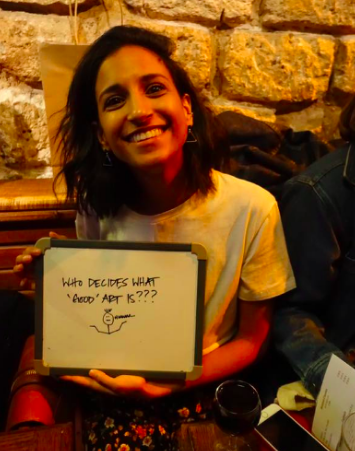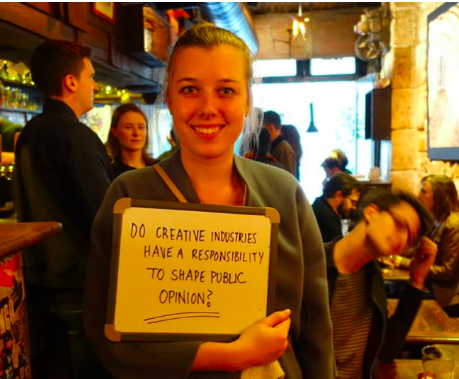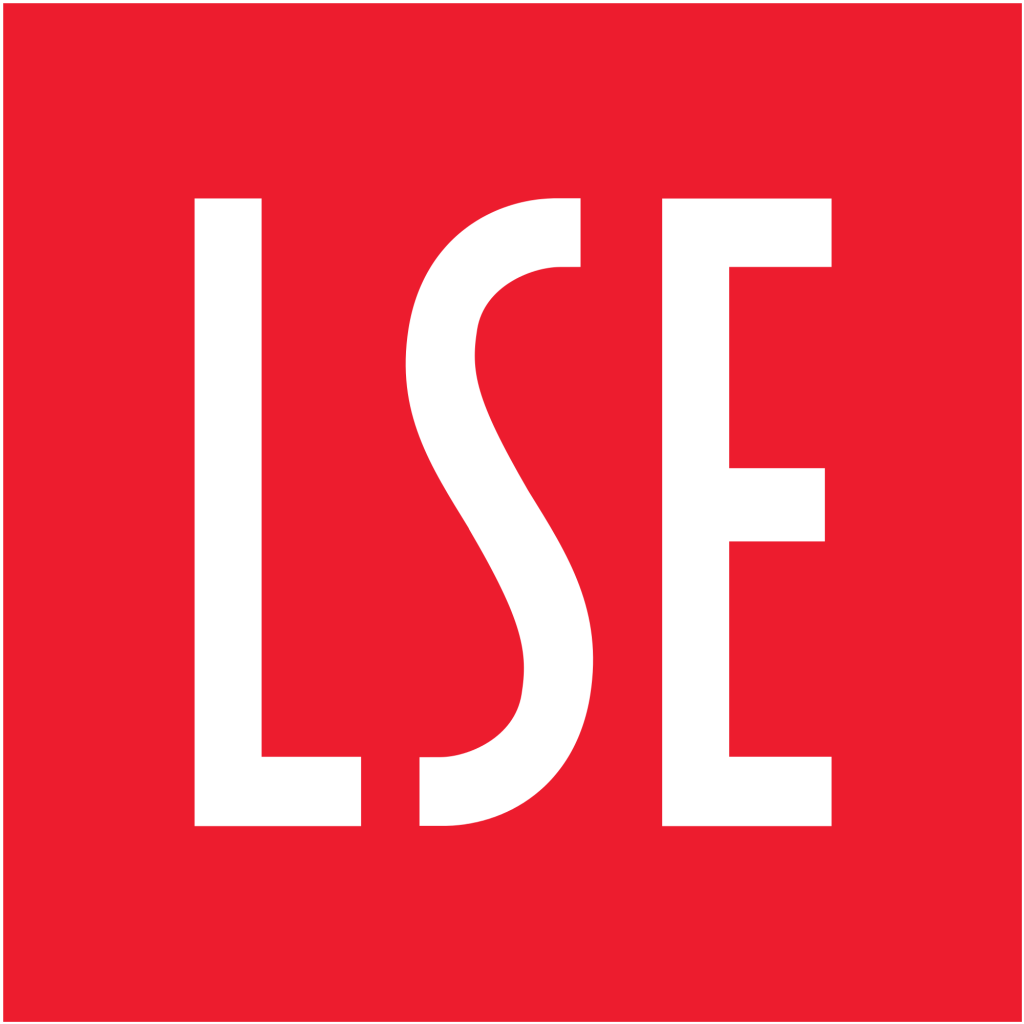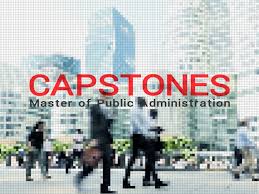As LSE trained policy-makers, we are taught to quantify the impact of policy decisions. Distributing scarce resources between so many deserving and necessary interventions requires us to make hard choices about priorities. It also encourages us to focus on quantifiable goods and outcomes. This approach makes it hard to justify spending on the arts, particularly in times of uncertain economic growth. Furthermore, in diverse societies that can’t seem to agree on what is legitimate expression and what is a gross transgression, it’s risky for governments to make choices about where to direct arts funding.
So how should policy makers approach the question of how the free, unruly and provocative spirit of art ought to interact with the cumbersome and politicised world of government and bureaucracy? It’s a topic we don’t often engage with explicitly in our course work in LSE’s MPA programme – so we took the MPA to Paris! We wanted to understand more about the unique French approach to public funding for the arts as well as to reflect on the delicate and sometimes inflammatory relationship between art, policy and politics in the art capital of the world. Below is a recap of some of the conversations and questions we considered during this short trip.
Government and the arts – benign benefactor or politicised patron?
Historically, art and government have had an uneasy relationship. Authoritarian regimes often rely on artists to provide the cultural backdrop to their values and ideals, and severely punish authentic or individual artistic expression that runs against their desired narrative. During World War II, many artists used their art to express their despair at the senseless violence of civilian bombings, think of Picasso’s Guernica. During the Cold War, art became an important battleground for the war between American liberalism and Soviet communism. The work of abstract expressionists like Jackson Pollock, Willem De Kooning and Mark Rothko became cultural weapons against communist ideology. Explosive, aggressive and unbound creativity was pit against staid and painstakingly rendered images of a hopeful and emancipated proletariat.
Governments make decisions about which art to fund and elevate and which to sideline all the time. Funding allocated to certain museums and institutions is often in recognition of their role in documenting certain aspects of national and cultural history or as a bulwark against the influence of other cultures. The French l’exception culturelle (the cultural exception) treats culture differently from other goods and services given the way art generates values, identity and meaning that go beyond their commercial values. It aims to elevate and protect French art and culture by providing subsidies for culture and creative works. For example, taxes on cinema ticket sales go toward funding production or distribution of French cinema, and broadcast content regulations stipulate that 40% of songs played by French radio stations must be French, and 20% of these songs must be from emerging artists.
But are artists and art institutions free to provoke, undermine, transgress, push culture forward when they’re dependent on governments for funding? Art sometimes leaps far ahead of political discourse or dives unflinchingly into the darkest parts of the human soul. What happens when art divides, confronts, revolts or offends its benefactors? While it’s far from clear that governments are agenda-free when it comes to art funding, perhaps they do have a role in ‘holding the space’ for art, allowing it to be free of potentially more malign influence in the
private sector.
Memorialising and moralising
A related topic for public policy practitioners is public memorials. On our walking tour of Paris, we considered the role of public memorials in aiding, magnifying and protecting national memory. Given the personal nature of the trauma associated with events that are often memorialised, it can be hard to agree on what they should look like, whose voice they should amplify, whose experience they should reflect.
The Holocaust memorial in Paris has been described as a crypt, ‘hollowed out of the sacred isle, the cradle of our nation, which incarnates the soul of France – a place where its spirit dwells.’ As we explored the site, we contemplated the place of memory, trauma and reflection in society. World War II memorials often force us to consider uncomfortable questions: should German soldiers be remembered? Which deaths are part of the national trauma, and which are not? The presence of such debates starts to increase as the events are further in the past, and the role of policymakers in this matter is far from clear.
Valuing art when the artist transgresses
Another theme we explored at the conference was how to value the art of transgressive artists. While visiting Picasso’s studio in the Latin Quarter, we considered how to value his prolific and remarkable artistic output against his apparent track record of offensive and even criminal behaviour. Picasso pushed limits in his professional life, driving art relentlessly forward into the late 20th century. He ruthlessly attacked artistic conventions and pushed art to what appeared to be its very limits – breaking down form, line and colour into new abstract arrangements and expressing himself in ways art had never been able or allowed to do before.
But Picasso was also a transgressive and confronting figure in his personal life. Womaniser and possible child abuser, it seems Picasso sacrificed everything to his artistic whims, including his moral obligations to his family, friends and romantic partners. As in his professional life, it seems that expectations about what was proper and acceptable conduct did not apply to him. In 2018, it seems hard to accept his professional legacy without also reflecting on his personal one. Are the rules different for genius? Can we value the output without valuing the behaviour that accompanied or maybe even led to it?
We covered some difficult questions on our trip and came up with far more questions than answers. But as future policy makers and shapers, it’s important to look up from our regression output tables every now and then to think about outputs that can’t be measured. Many (most?) policy questions don’t have neatly falsifiable answers, and well-rounded policy makers should be able to engage with ambiguities around cultural and artistic values with the same enthusiasm as they engage with questions of empirical analysis.



MPA students reflect on what they learnt on the trip to Paris
Author: Madeline Goldie, current MPA student





